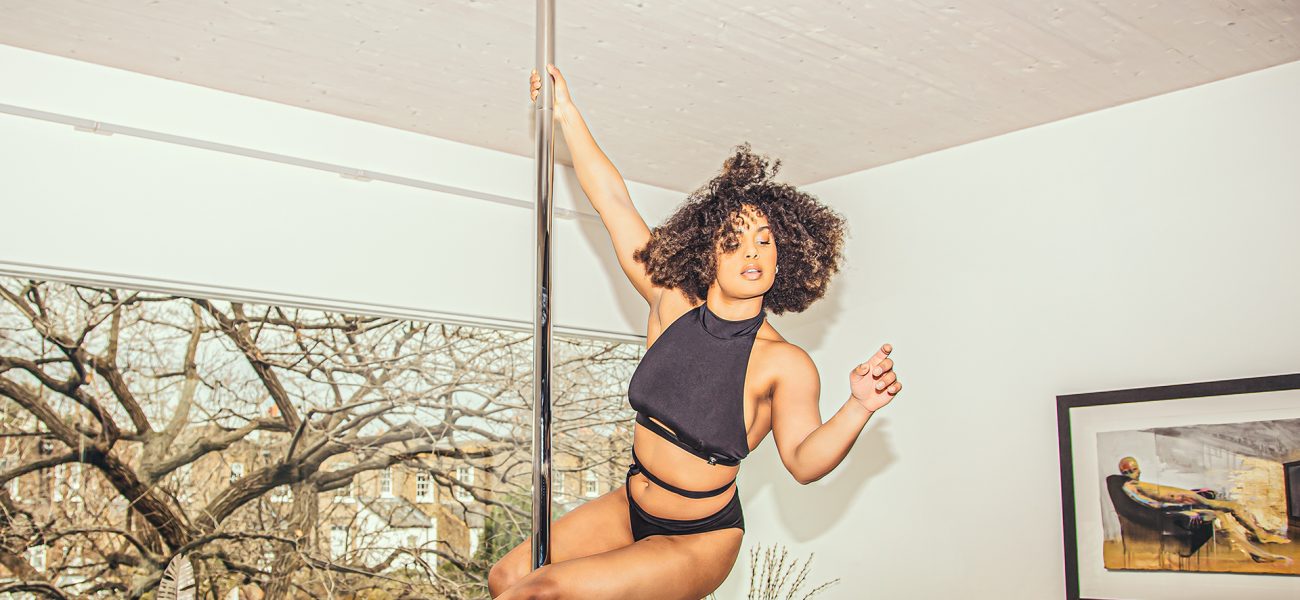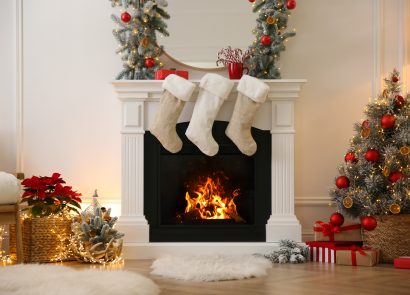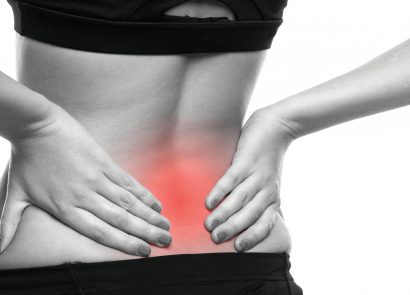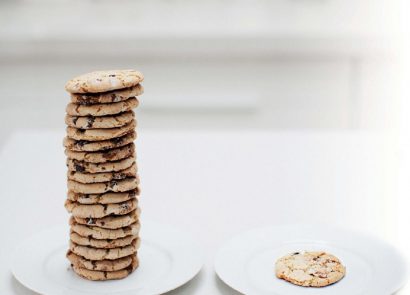Pole fitness is a whole body workout, helping you to build serious upper body and core strength, coordination and flexibility with a combination of cardio, bodyweight training and dance. If you’re curious about pole fitness, this quick guide on muscles and moves from X-POLE is the perfect place to start.
Shoulders and upper back
The shoulders and back work hand in hand and comprise the most important muscles used in pole and aerial fitness.
Movement example: pole or aerial Invert (i.e. going upside down). Muscles used: deltoids, trapezius, latissimus dorsi, rhomboids, rotator cuff group.
Arms and hands
Your forearms, wrists and hands are the most used body parts as this is what you’re holding on with. The bicep and triceps work together to lift, pull and push your body into each position needed. So, your arms will be getting a good workout for the entire session.
Movement example: corkscrew. Muscles used: bicep, tricep, brachioradialis.
Core
Having a strong core is key to lifting into moves with control. It is good practice to work on your core strength by cross-training and conditioning.
Movement example: pull up crunch. Muscles used: transverse abdominals, rectus abdominals, internal and external oblique, serratus anterior.
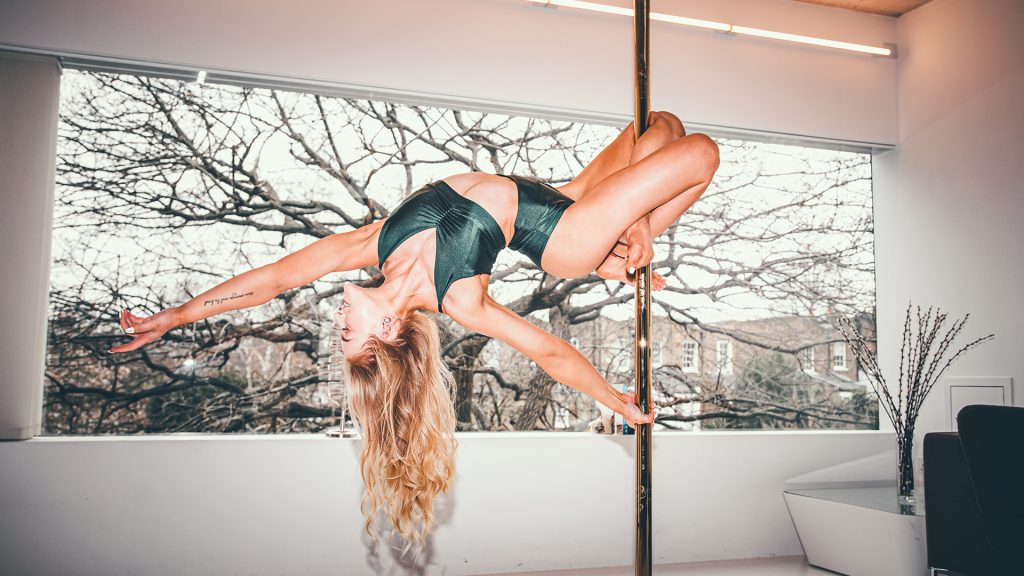
Lower back
Working with the upper back and core, the lower back muscles play a huge part in your entire body’s functions, attaching to the hips and abdominals. They help hold up the spine and gluteal muscles. Having strong and healthy back muscles allows you to have better control in and out of moves, perform backbends, and have good posture.
Movement example: bridge. Muscles used: erector spinae, latissimus dorsi, obliques.
Lower body (hips and bottom)
Your hips and bottom comprise many muscles that will help you in pole and aerial. For any split, fan kick or leg extension, you need your gluteal muscles, hip flexors and surrounding muscles. It is essential to work all equally to avoid injury and overdevelopment.
Movement example: fan kick. Muscles used: hip flexor (psoas major and minor, Iliacus), glutes, hamstring.
Legs
Your legs play a big part in your posture and lines; by engaging your quads and calves, your legs will straighten, allowing your foot to point and flex when needed. It is vital to stretch your leg muscles to build flexibility.
Movement example: splits. Muscles used: quadriceps, calves, hamstring.
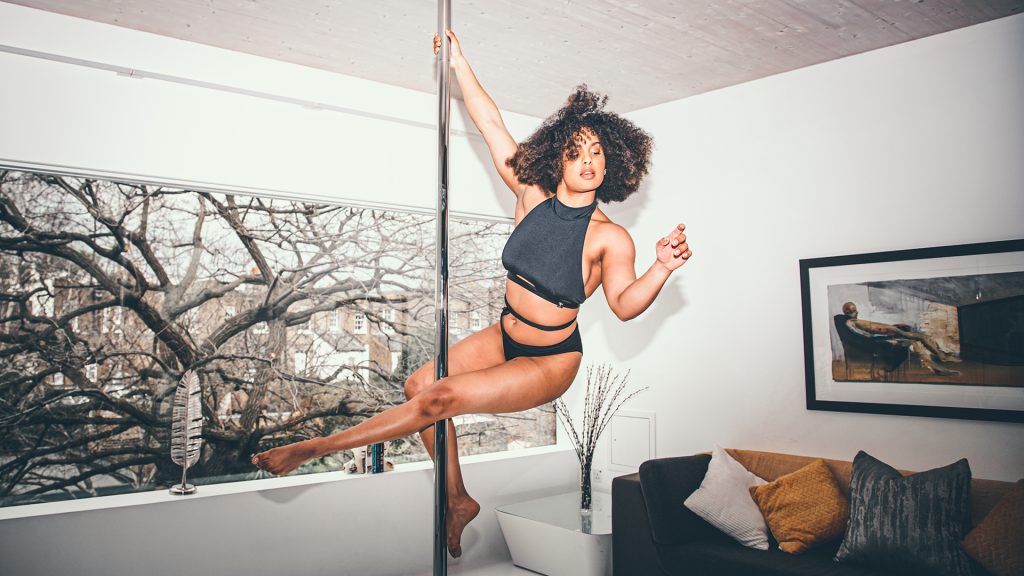
How do I get started with pole fitness at home?
Buying a pole is easy and fun with X-POLE! But, which pole is right for you? There are many options available, designed to suit all budgets, environments and skill levels. Visit the X-POLE website to find the perfect pole for you, or check out these top five beginner pole moves to get started on your pole journey.









